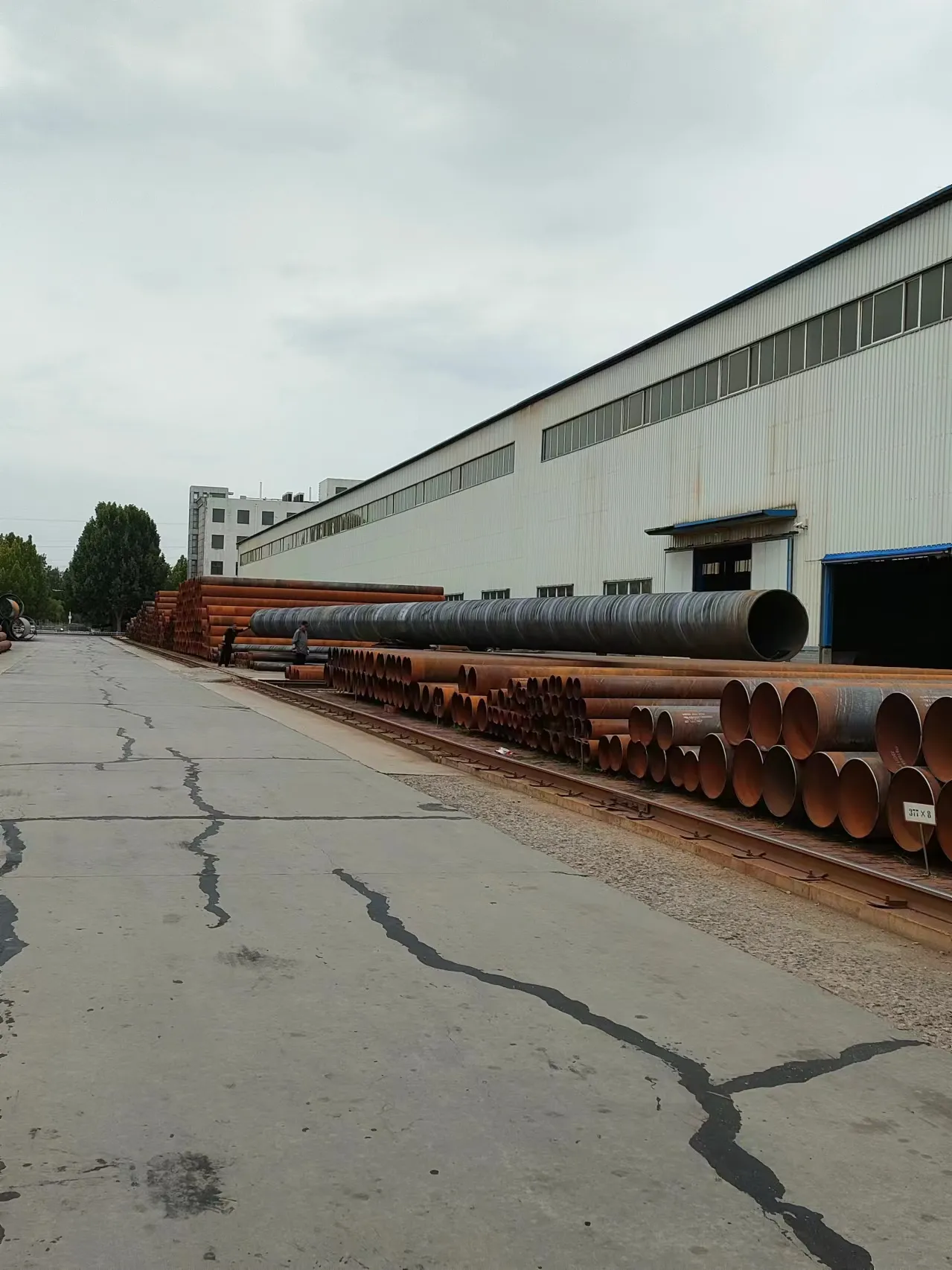-
Cangzhou Yulong Steel Co., Ltd.
-
Phone:
+86 13303177267 -
Email:
admin@ylsteelfittings.com
- English
- Arabic
- Italian
- Spanish
- Portuguese
- German
- kazakh
- Persian
- Greek
- French
- Russian
- Polish
- Thai
- Indonesian
- Vietnamese
- Zulu
- Korean
- Uzbek
- Hindi
- Serbian
- Malay
- Ukrainian
- Gujarati
- Haitian Creole
- hausa
- hawaiian
- Hebrew
- Miao
- Hungarian
- Icelandic
- igbo
- irish
- Japanese
- Javanese
- Kannada
- Khmer
- Rwandese
- Afrikaans
- Albanian
- Amharic
- Armenian
- Azerbaijani
- Basque
- Belarusian
- Bengali
- Bosnian
- Bulgarian
- Catalan
- Cebuano
- China
- China (Taiwan)
- Corsican
- Croatian
- Czech
- Danish
- Esperanto
- Estonian
- Finnish
- Frisian
- Galician
- Georgian
- Kurdish
- Kyrgyz
- Lao
- Latin
- Latvian
- Lithuanian
- Luxembourgish
- Macedonian
- Malgashi
- Malayalam
- Maltese
- Maori
- Marathi
- Mongolian
- Myanmar
- Nepali
- Norwegian
- Norwegian
- Occitan
- Pashto
- Dutch
- Punjabi
- Romanian
- Samoan
- Scottish Gaelic
- Sesotho
- Shona
- Sindhi
- Sinhala
- Slovak
- Slovenian
- Somali
- Sundanese
- Swahili
- Swedish
- Tagalog
- Tajik
- Tamil
- Tatar
- Telugu
- Turkish
- Turkmen
- Urdu
- Uighur
- Welsh
- Bantu
- Yiddish
- Yoruba

Sep . 28, 2024 01:12 Back to list
Specification and Design of DIN 2527 Blind Flanges for Industrial Applications
Understanding DIN 2527 Blind Flanges
Blind flanges are essential components in piping systems used in various industries, including oil and gas, chemical processing, and water treatment. Among the different standards for flanges, DIN 2527 stands out as a popular choice, particularly in Europe. This article aims to provide an overview of DIN 2527 blind flanges, their specifications, benefits, applications, and installation procedures.
What is a Blind Flange?
A blind flange is a flat piece of metal that covers the end of a piping system, preventing the passage of fluids and gasses. Unlike other types of flanges, which are used to connect two sections of pipe, blind flanges serve the purpose of closing off a pipeline. This is particularly useful for maintenance, pressure testing, or when a portion of the piping system is not in use.
Specifications of DIN 2527
DIN 2527 flanges are designed according to the Deutsche Institut für Normung (DIN) standards, which provide specifications for the materials, dimensions, and performance characteristics of piping components. The key specifications for DIN 2527 blind flanges include
1. Materials DIN 2527 flanges can be made from various materials, including carbon steel, stainless steel, and various alloys. The choice of material typically depends on the application, fluid being transported, and environmental conditions.
2. Dimensions The dimensions of DIN 2527 blind flanges are standardized and vary in size to fit different piping diameters. Common sizes range from DN 10 to DN 1200. Each size adheres to specific thickness and drilling specifications, ensuring compatibility with the corresponding pipes.
3. Pressure Ratings DIN 2527 blind flanges are designed to withstand different pressure ratings, usually categorized by PN (Pressure Nominal). Common pressure ratings include PN 6, PN 10, PN 16, PN 25, and higher, allowing for versatile applications in various pressure conditions.
4. Sealing Surface Types The sealing surfaces of DIN 2527 blind flanges can be flat, raised face, or other types, depending on the specific requirement of the pipeline system. The sealing type affects the performance of the flange under pressure and temperature variations.
Benefits of Using DIN 2527 Blind Flanges
din 2527 blind flange

1. Versatility DIN 2527 blind flanges are suitable for a wide range of applications, making them an excellent choice for various industries. Their standardization means they can be easily sourced and replaced as needed.
2. Ease of Installation Blind flanges are relatively easy to install and remove, which facilitates maintenance and repairs in piping systems. Their design ensures a secure fit, minimizing the risk of leaks.
3. Leak Prevention The primary function of a blind flange is to close off a section of the pipe securely. When properly installed, they provide an effective barrier against leaks, which is critical for maintaining safety in pressure systems.
4. Cost-Effectiveness Compared to other sealing methods, blind flanges offer a cost-effective solution for terminating service lines or preventing fluid loss in a system.
Applications of DIN 2527 Blind Flanges
DIN 2527 blind flanges are used in numerous applications, including
- Oil and Gas Industry For capping off lines during maintenance or when certain sections are inactive. - Water Treatment Facilities To seal tanks and pipelines for cleaning and repairs. - Chemical Processing Plants In systems where containment is critical to prevent spills of hazardous materials. - Power Generation To isolate sections of piping in power plants for maintenance without affecting the overall system.
Installation and Maintenance
Proper installation of DIN 2527 blind flanges is crucial for ensuring their effectiveness. Flanges should be aligned correctly, and appropriate gaskets should be used to create a reliable seal. Regular inspections should also be conducted to check for wear, corrosion, or any signs of leakage, ensuring the longevity and efficiency of the piping system.
In conclusion, DIN 2527 blind flanges are vital in many industries for ensuring safe and effective piping operations. Their standardization, along with their versatility and reliability, makes them a preferred choice for professionals in the field. Understanding their specifications and benefits allows for better selection and installation, ultimately leading to a more efficient and secure piping system.
Latest news
-
ANSI 150P SS304 SO FLANGE
NewsFeb.14,2025
-
ASTM A333GR6 STEEL PIPE
NewsJan.20,2025
-
ANSI B16.5 WELDING NECK FLANGE
NewsJan.15,2026
-
ANSI B16.5 SLIP-ON FLANGE
NewsApr.19,2024
-
SABS 1123 FLANGE
NewsJan.15,2025
-
DIN86044 PLATE FLANGE
NewsApr.19,2024
-
DIN2527 BLIND FLANGE
NewsApr.12,2024
-
JIS B2311 Butt-Welding Fittings LR/SR 45°/90° /180°Seamless/Weld
NewsApr.23,2024











